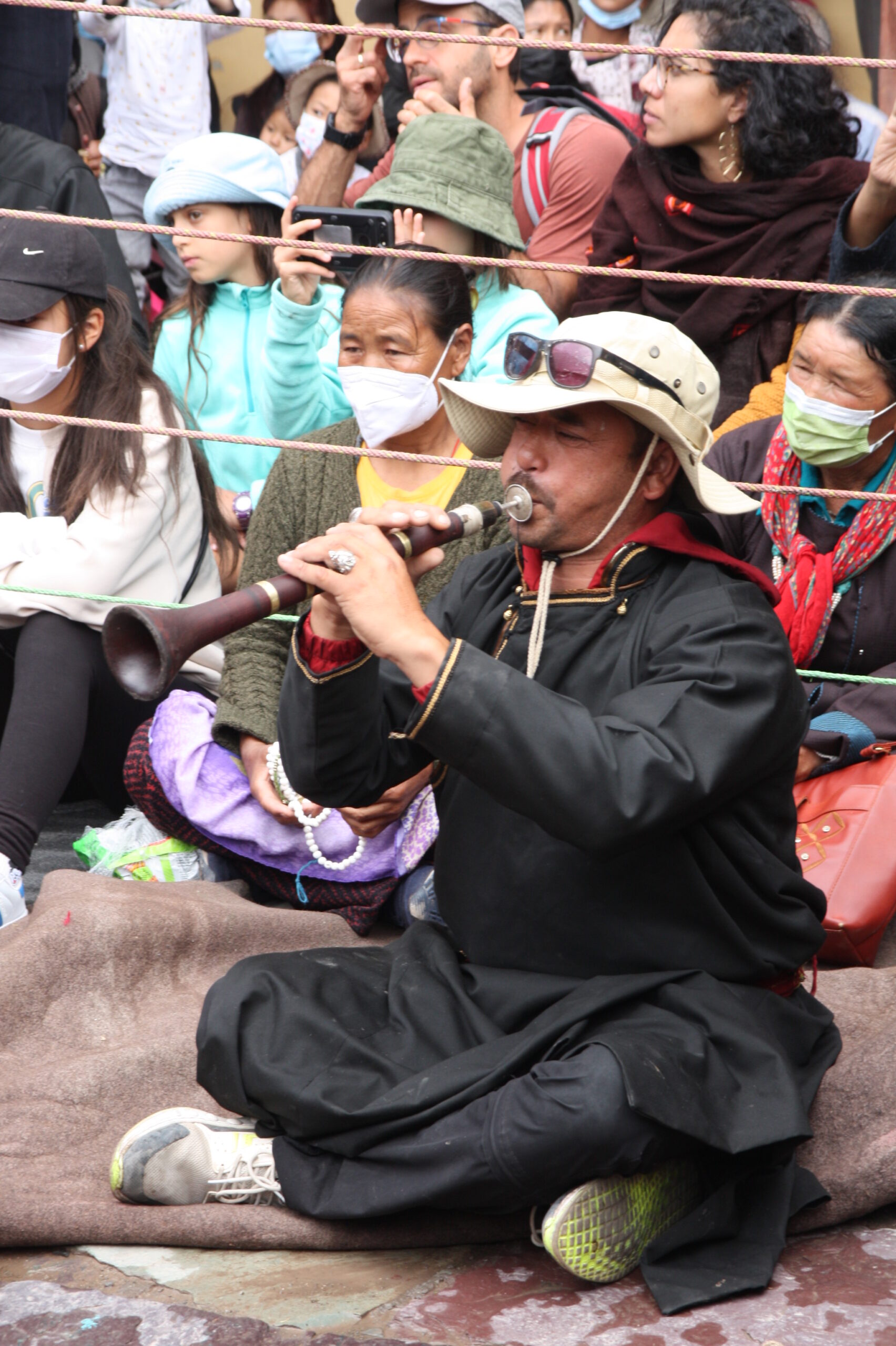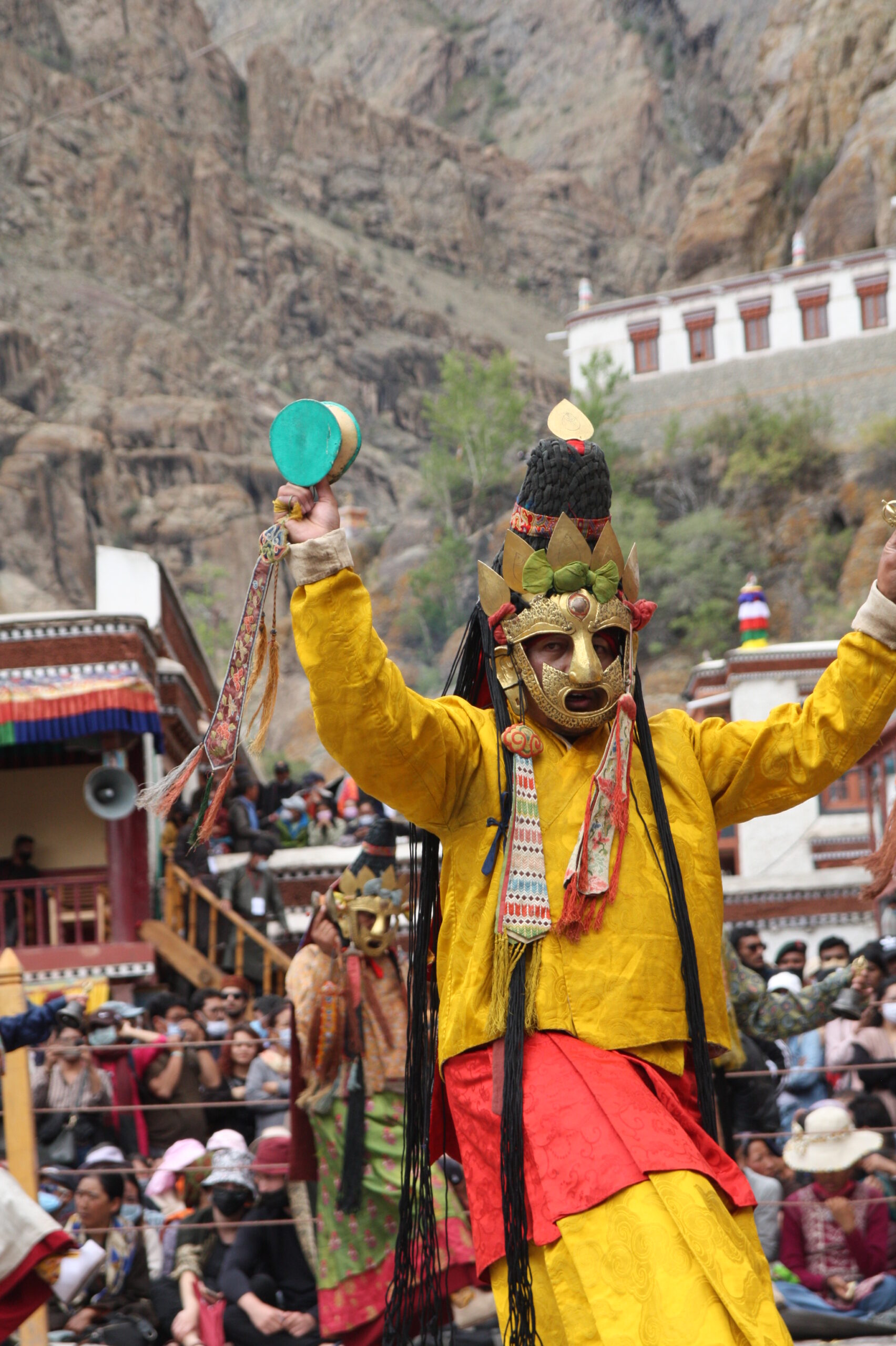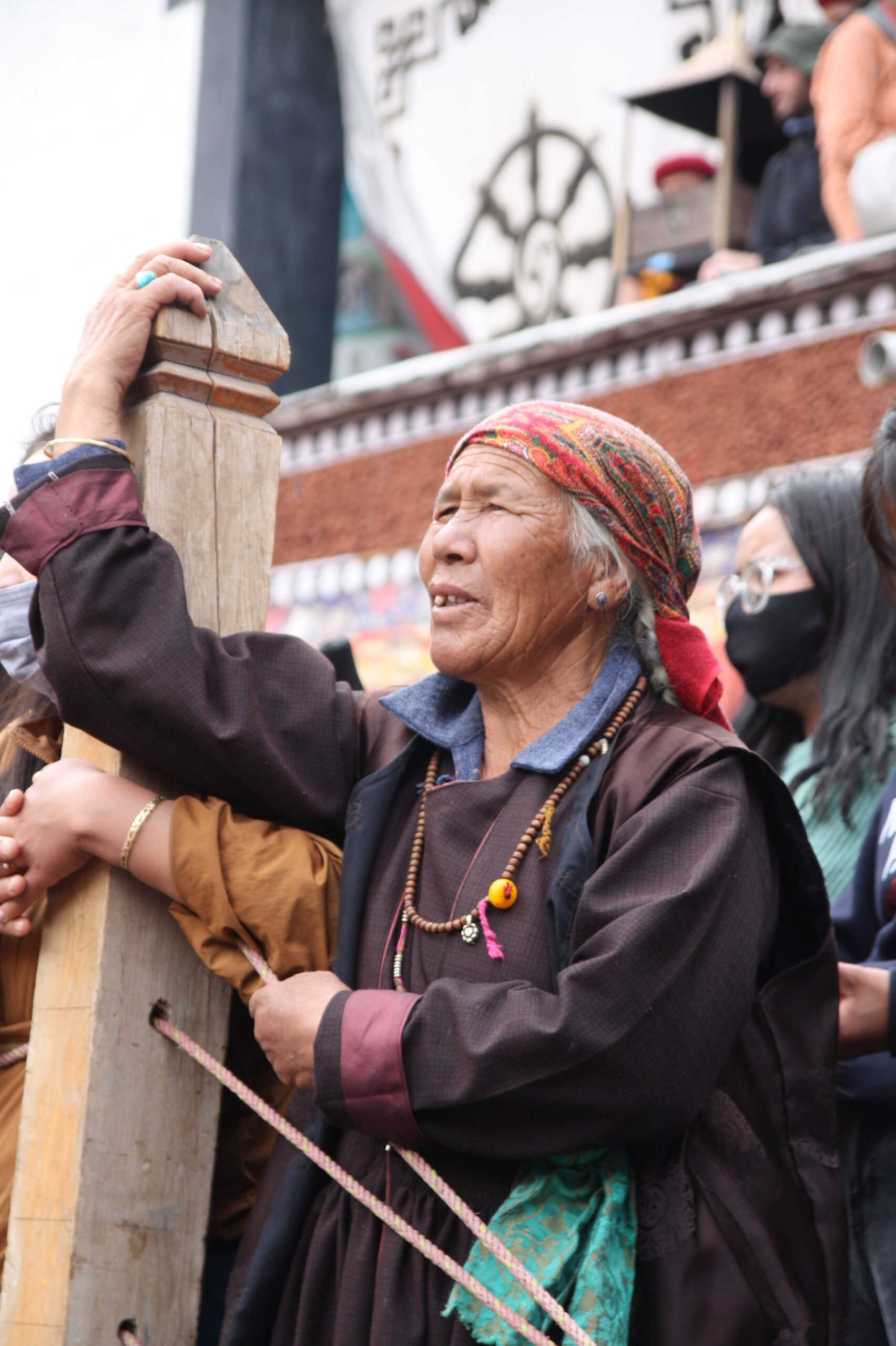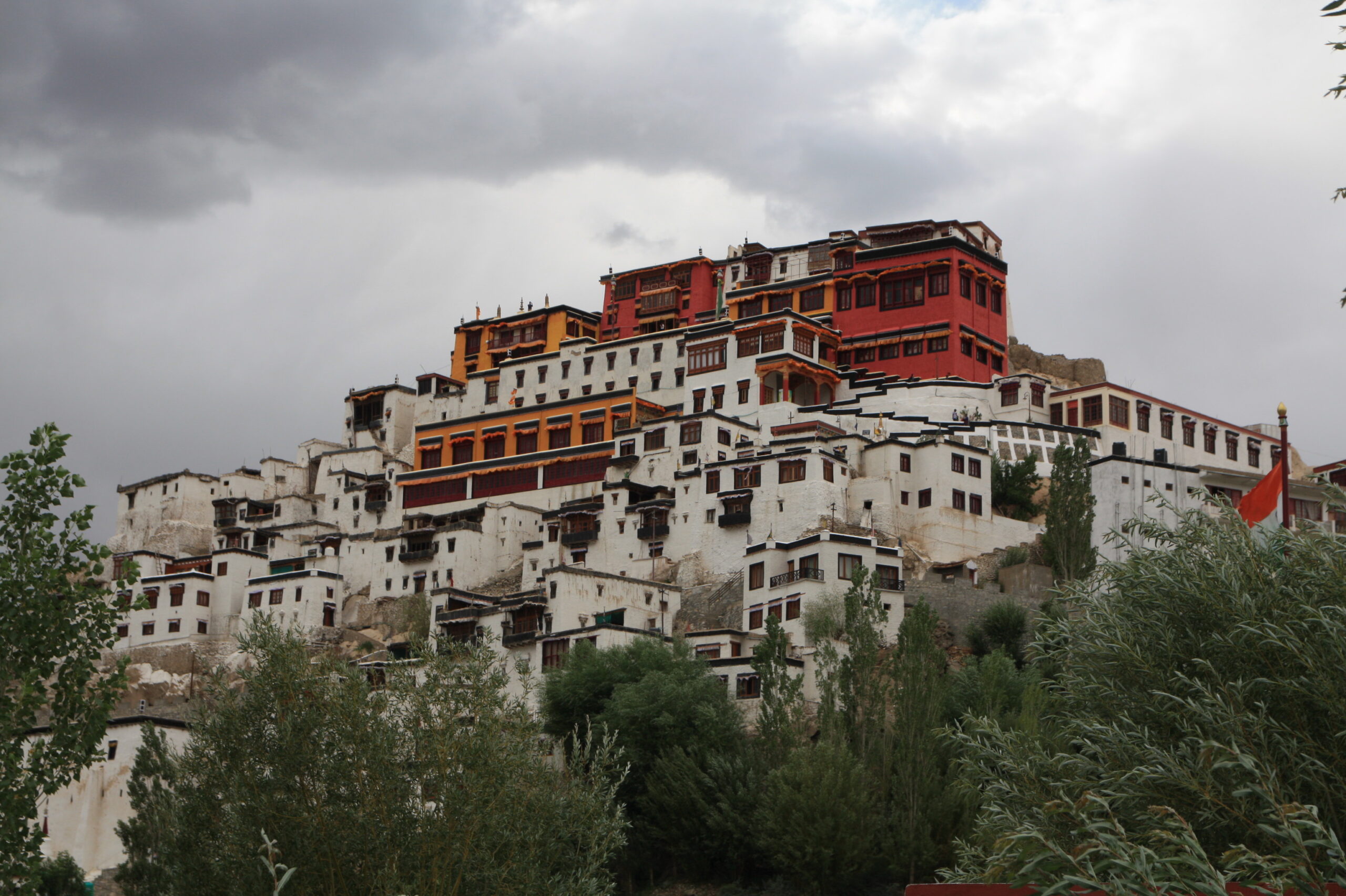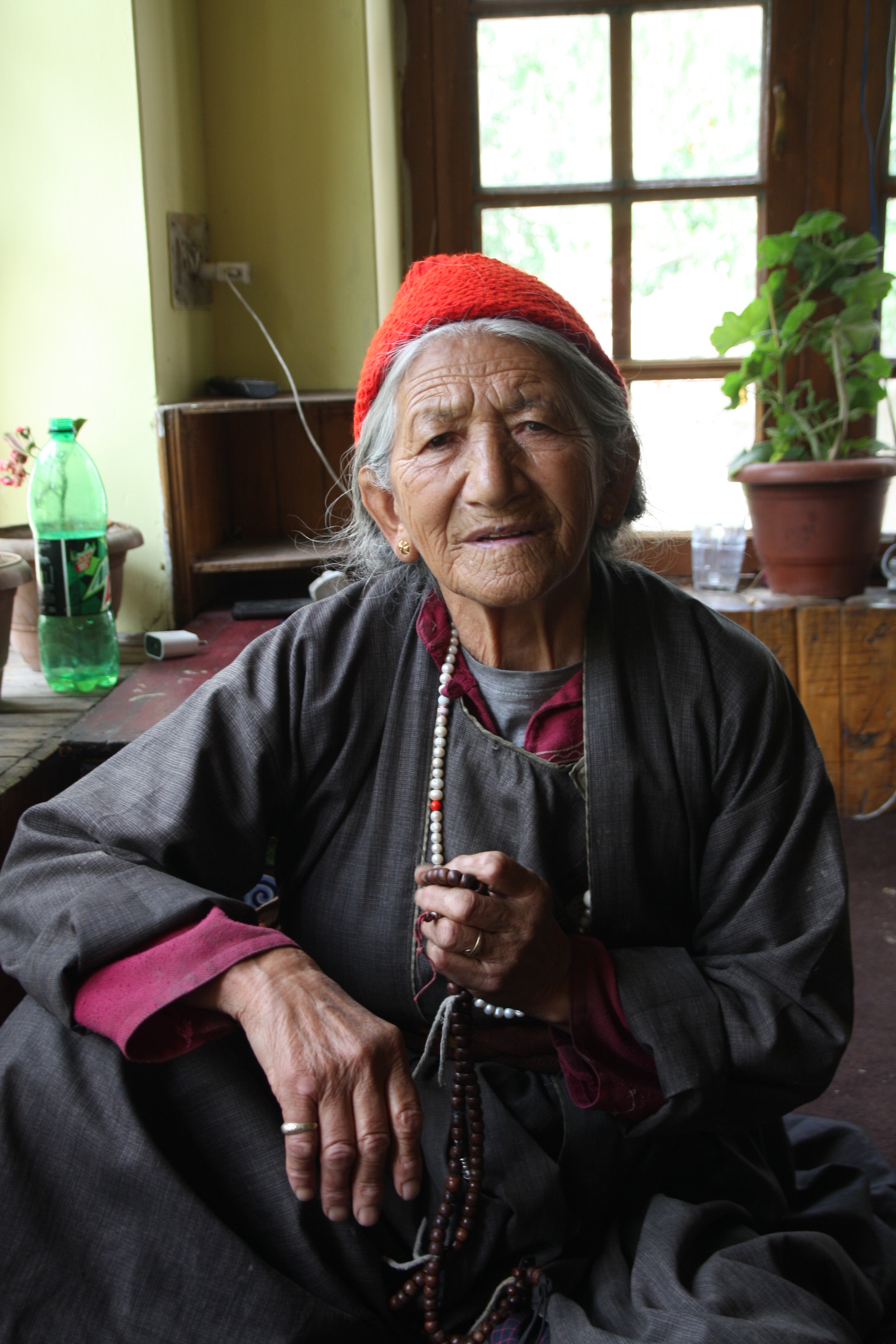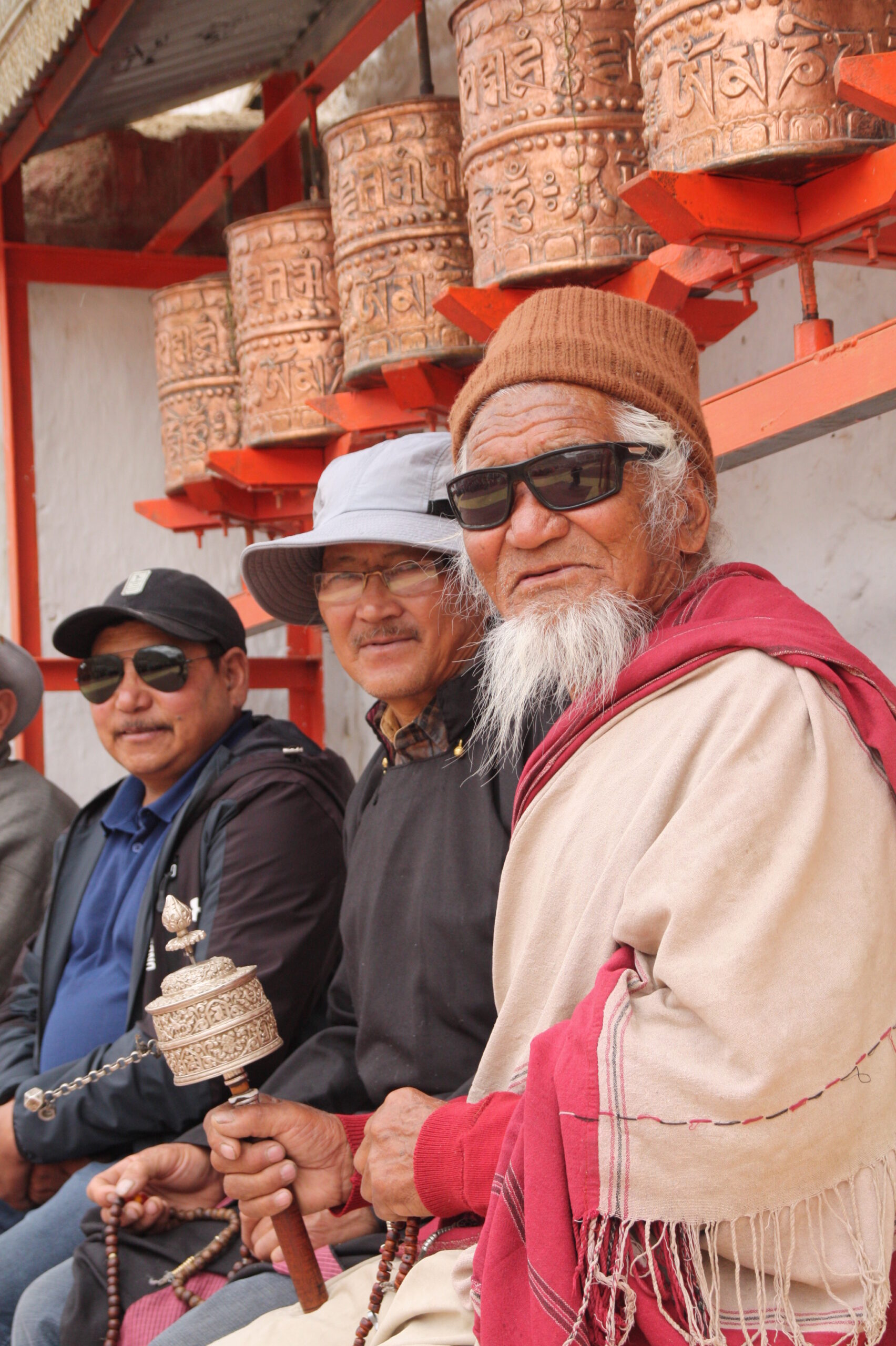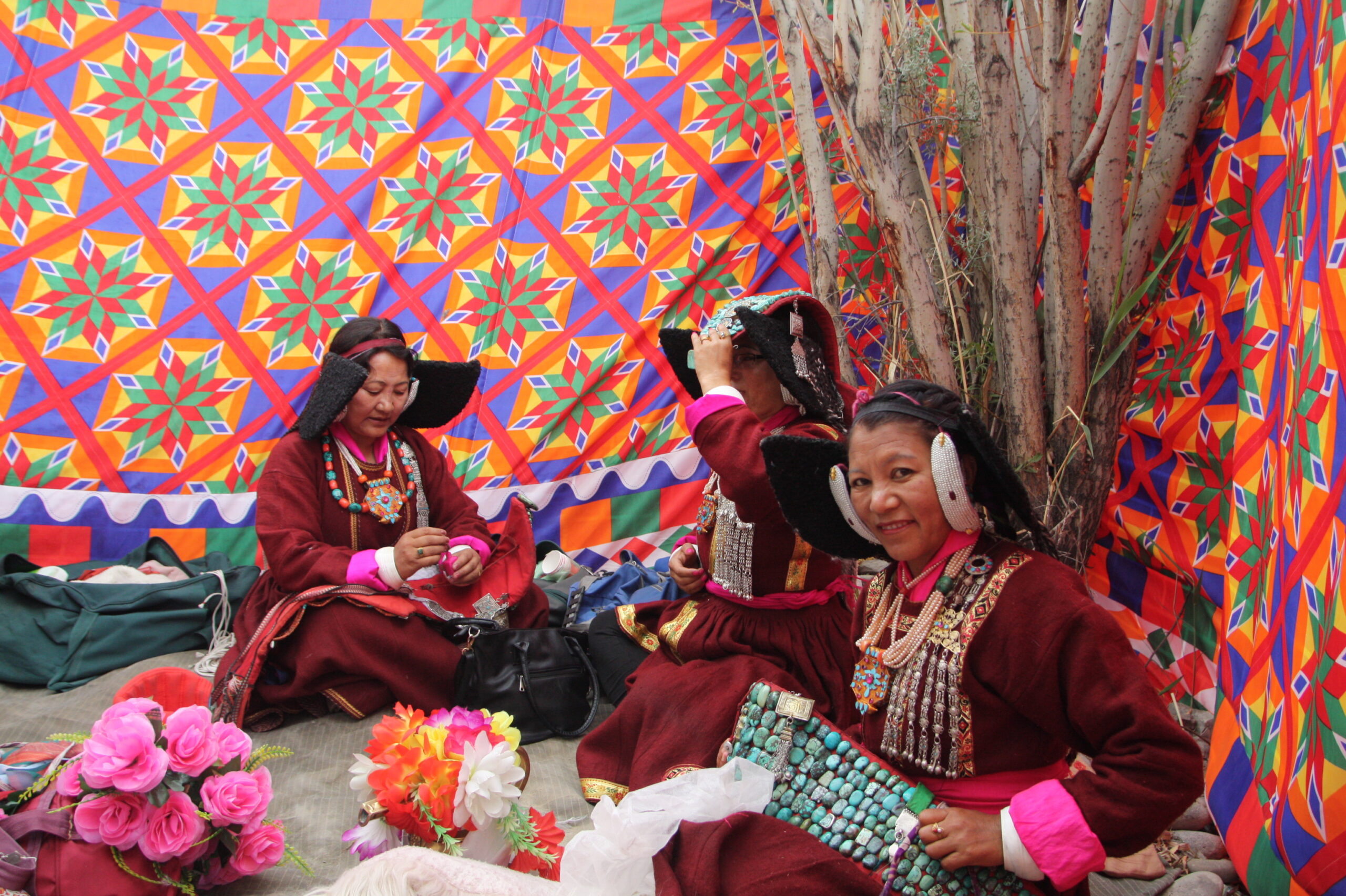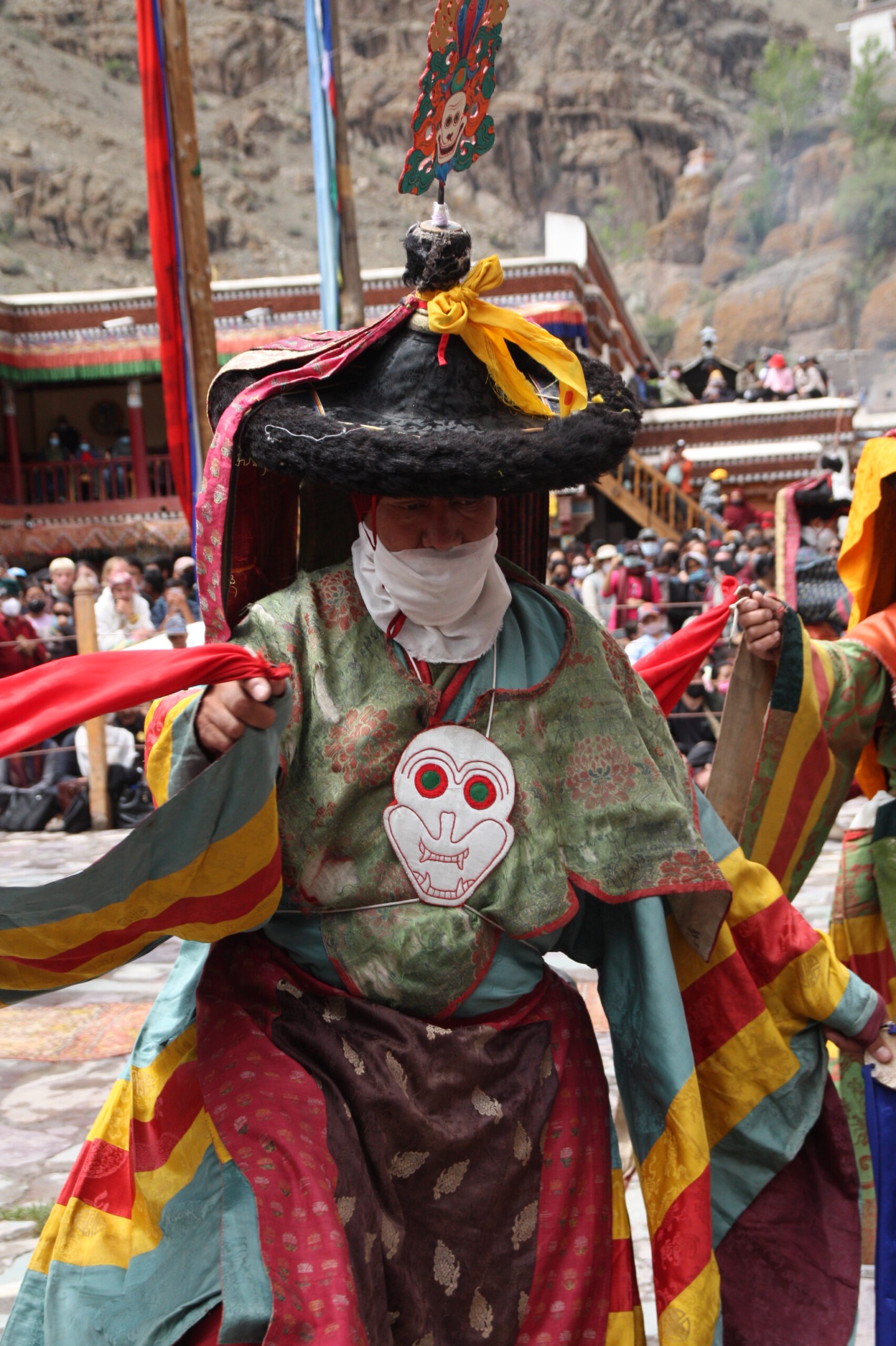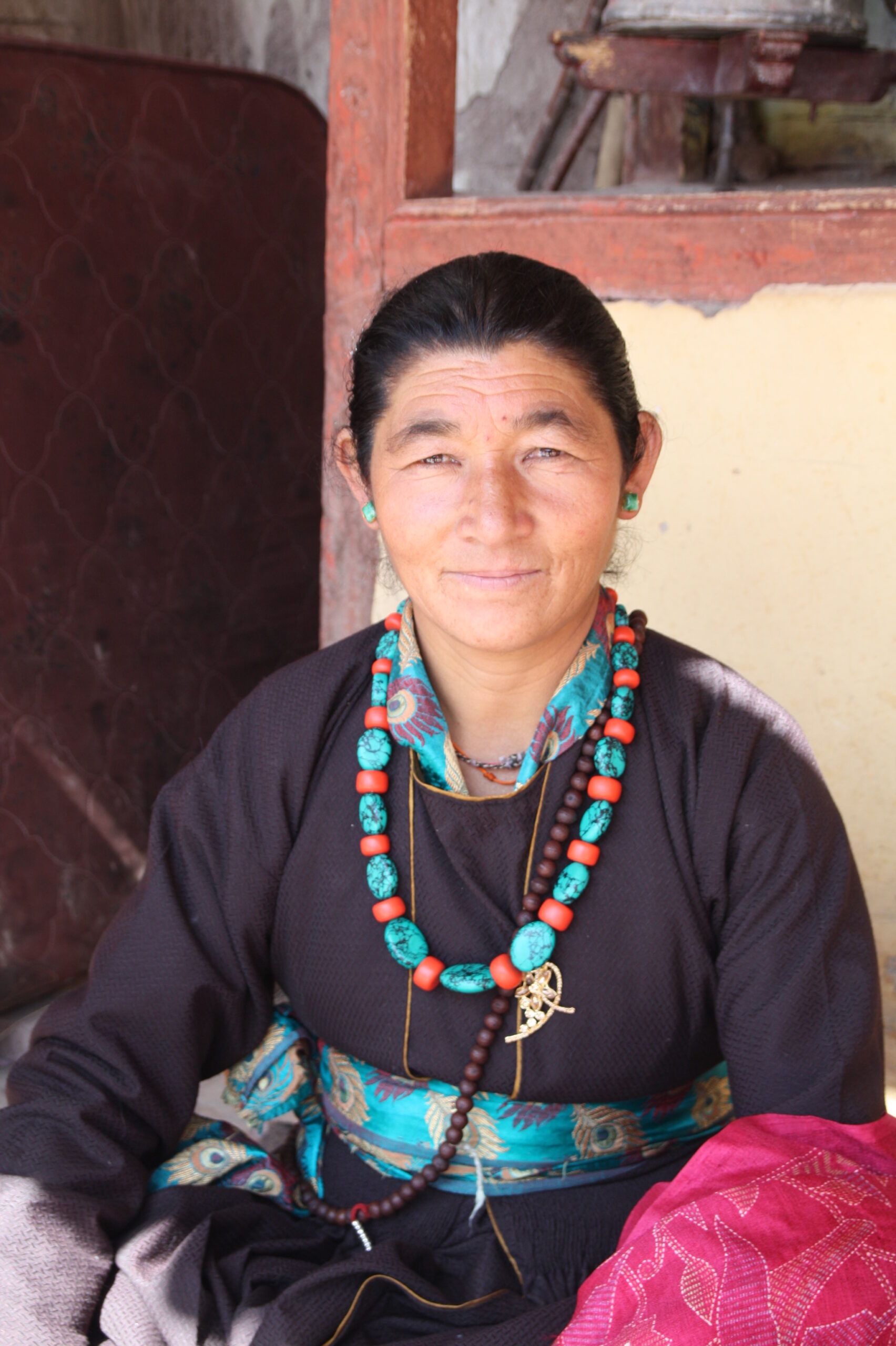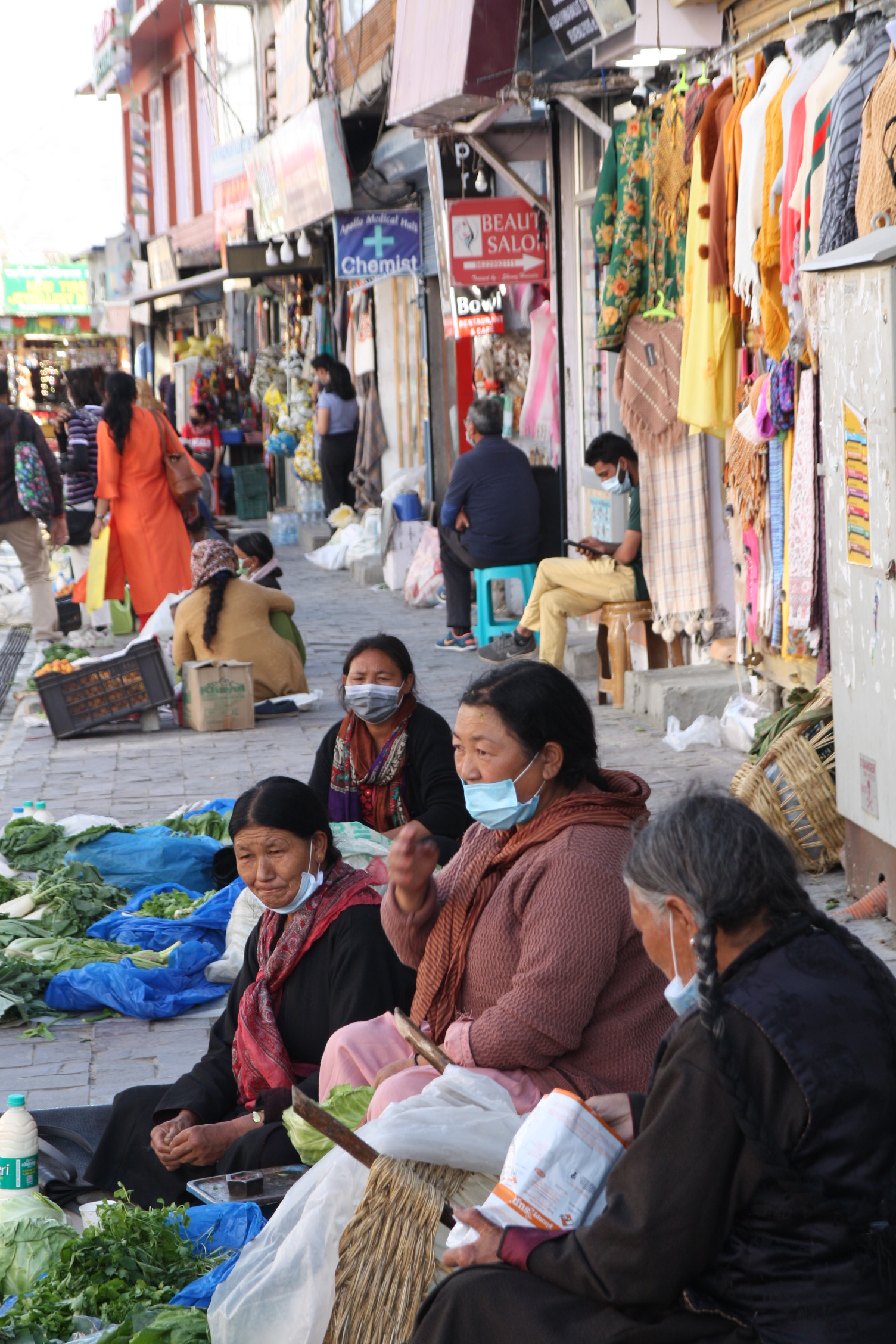Ladakh
The land of Lamas and monasteriesLadakh is a region that is hard to be described by words. It is one of the highest inhabited regions of the planet and its rugged, dry landscape creates an out-of-this-world atmosphere.
Ladakh Ladakh is a union territory of India situated in the far north-west of the country, bordered to the North-West by Pakistan and to the North-East by the Chinese-administered Tibet Autonomous Region.


By land, there are 2 ways to get here from the neighboring Indian regions: one option is from Himachal Pradesh through the amazing Manali-Leh road or from Jammu and Kashmir through Srinagar and Kargil. We arrived in Ladakh hitchhiking from Manali and then continued hitchhiking towards Kashmir.
If you´re interested in Tibetan Buddhism, Ladakh is one of the best places for learning more about the religion, Buddhist customs, and ceremonies. Still, Ladakh is religiously diverse, The Leh district itself has a Buddhist majority, but Kargil is mainly Muslim and Hindus are also a considerable religious group.
Monastic festivals
Sacred masked dances, known as “Chams”, play an important role in Ladakh and are regularly performed at religious festivals in local monasteries. During my visit I attended two such events, one at Hemis Monastery and the other at Shachukul Monastery.
The Chams are performed by monks, who are wearing colorful, symbolic masks and costumes. The dances narrate scenes from the life of Buddhist teachers and saints and tell stories about the fight between good and evil. The masks represent Buddhas, protector Deities, and other characters related to the stories.
These dances have a very high spiritual value, and are considered offerings to the gods and as a form of meditation.
The biggest Cham dance festival in Ladakh takes place at Hemis Monastery and attracts pilgrims from all over Ladakh. After visiting this one, I went to Schachukul Monastery, where the festival was much less crowded and felt more authentic.
Discover more from Ladakh!
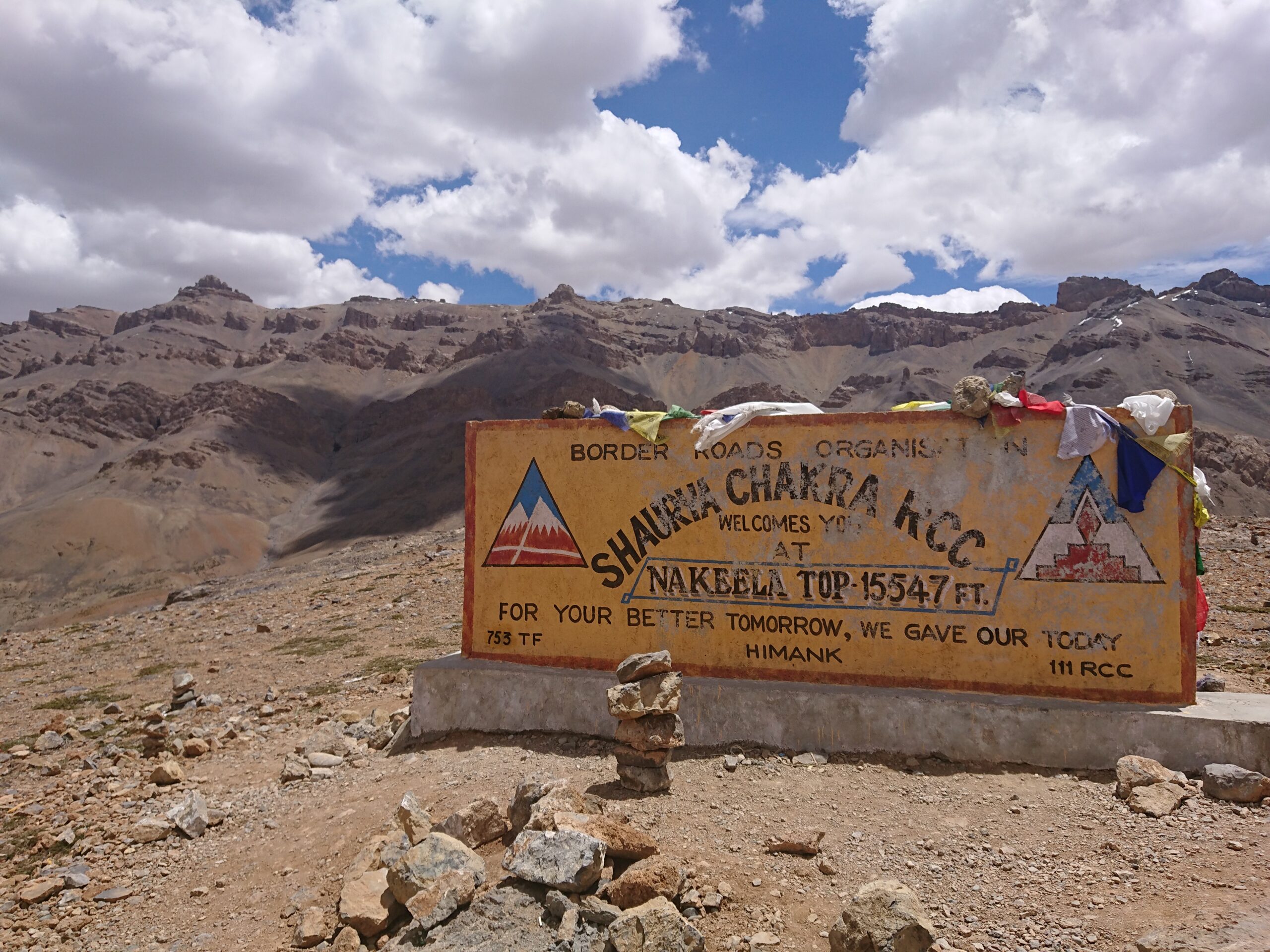
Hitchhiking from Manali to Leh
The Manali-Leh “highway” is an experience itself that shouldn´t be missed. There is an airport in Leh, so you can make it easy for yourself by just flying there, but I absolutely recommend making the effort to reach Leh by land (if you´re not fond of hitchhiking, there are also public buses available). The “highway” is a 430 km long road, with an average elevation of over 4000 m and its condition varies a lot between newly laid asphalt to gravel with massive holes. It passes through 5 mountain passes from which Taglang La at 5328m is the highest!
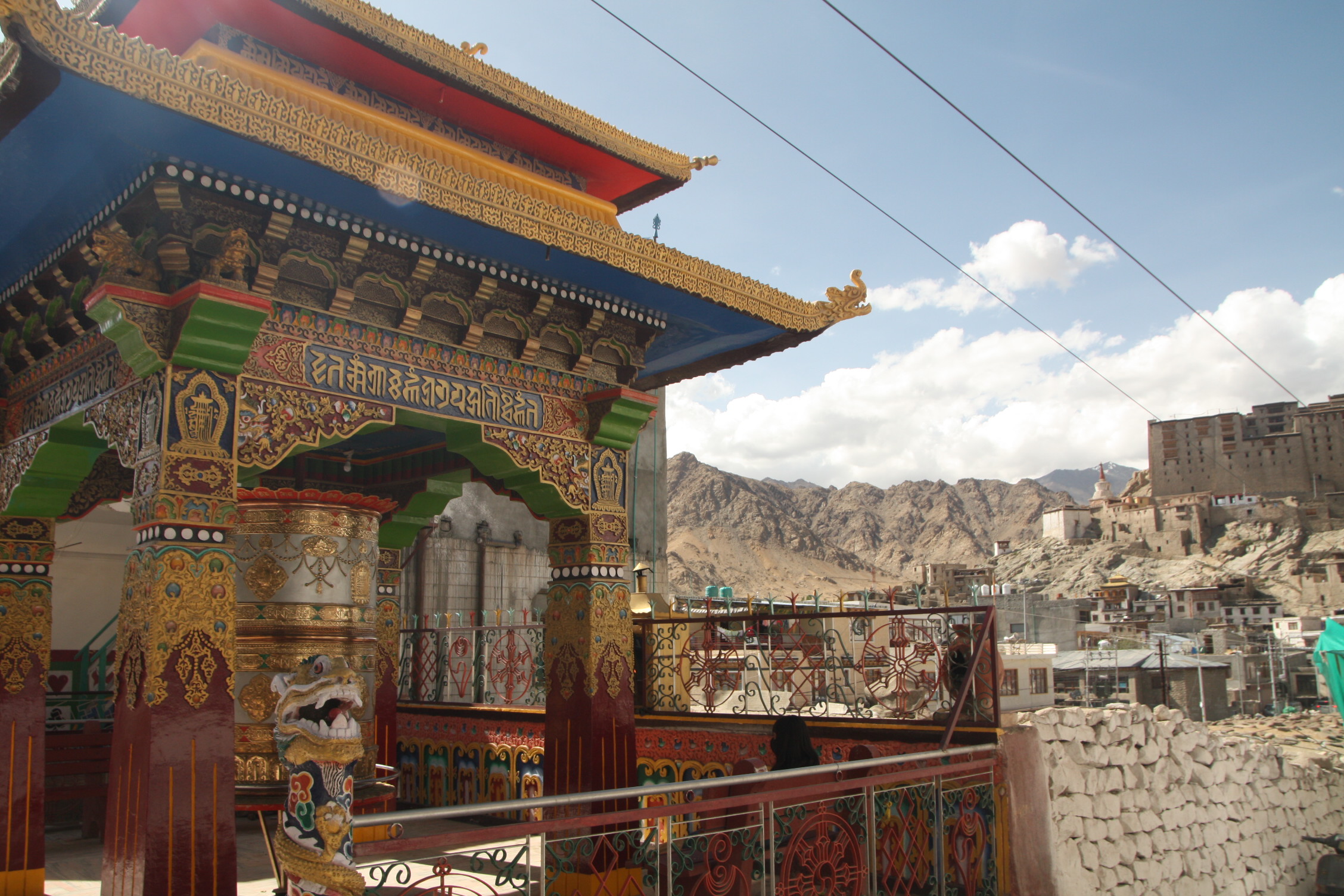
Leh – the capital of Ladakh
On an elevation of 3500m, Leh and its surroundings offer an impressive landscape. In walking distance from the center, you can visit the old Leh Palace, Shanti Stupa, and multiple Buddhist Gompas. Strolling around its market and the small alleys of the old town is also a great experience. As a day trip, it is also worth visiting the impressive Thiksey Monastery, which lies around 20km south of Leh and dates back to the 15th century.
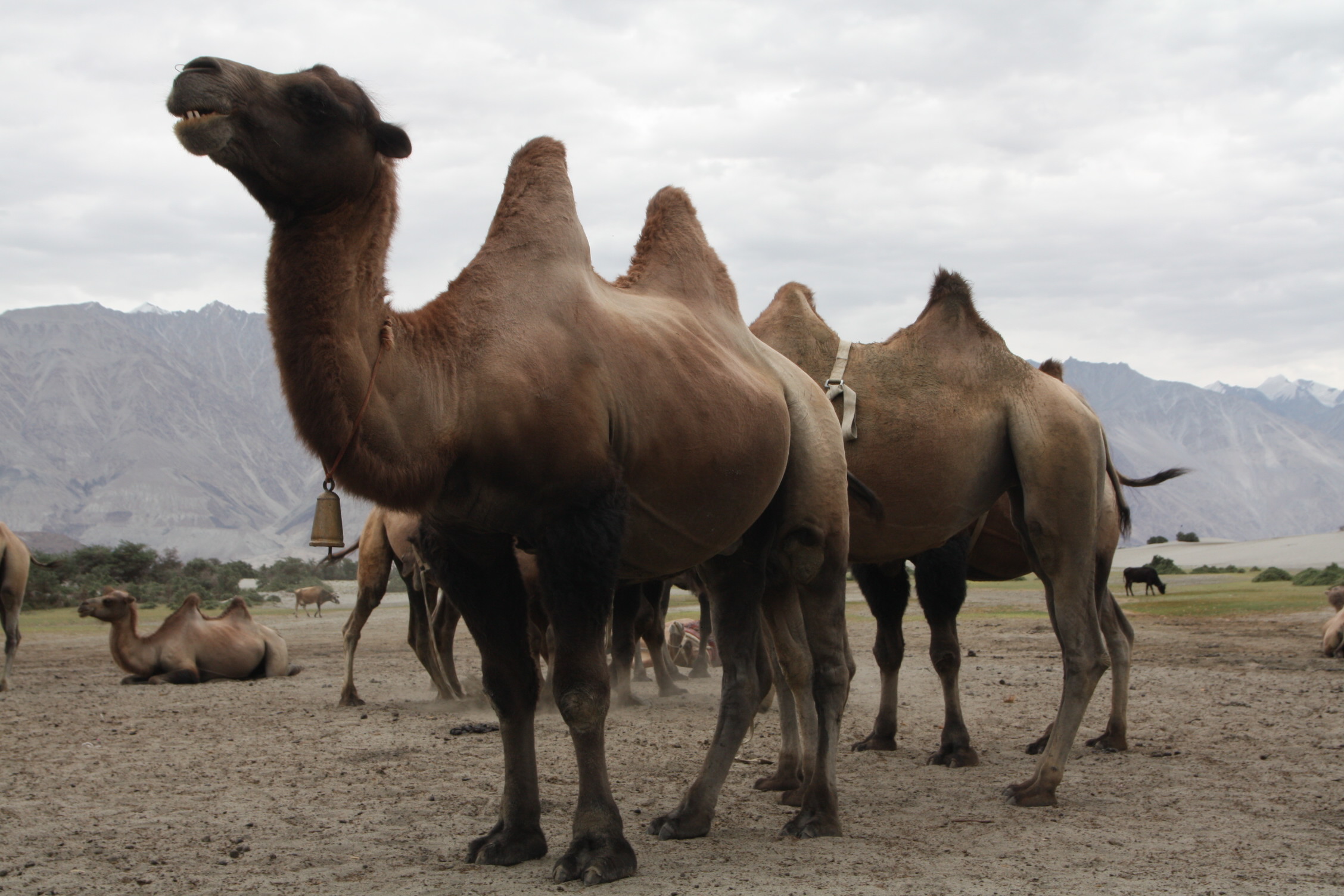
Nubra valley
As a cold desert valley with an average altitude of over 3000 meters, Nubra is isolated even by Ladakh standards. The road leading here from Leh is traversing the Khardung La pass on 5389 meters! In Nubra Valley, you can visit the Hunder sand dunes where you can also see Bactrian camels, which were introduced in Nubra Valley by silk-road traders. If you feel too cold (which can easily happen even in the middle of the summer), you can warm up in the hot springs of Panamik.

Brokpa valley
The remote valley is home to the Brokpa tribe, a small ethnic minority group in Ladakh. The Brokpa differ in their anthropological features from the other ethnic groups in Ladakh and they claim to be the direct descendants of soldiers of Alexander the Great, who stayed in the valley after the emperor pulled back his army from the area in the 4th century BC. The Brokpa have distinct traditional dresses, hairstyles, and customs and it would be a pity not to get to know their culture if you´re visiting Ladakh.
Gallery
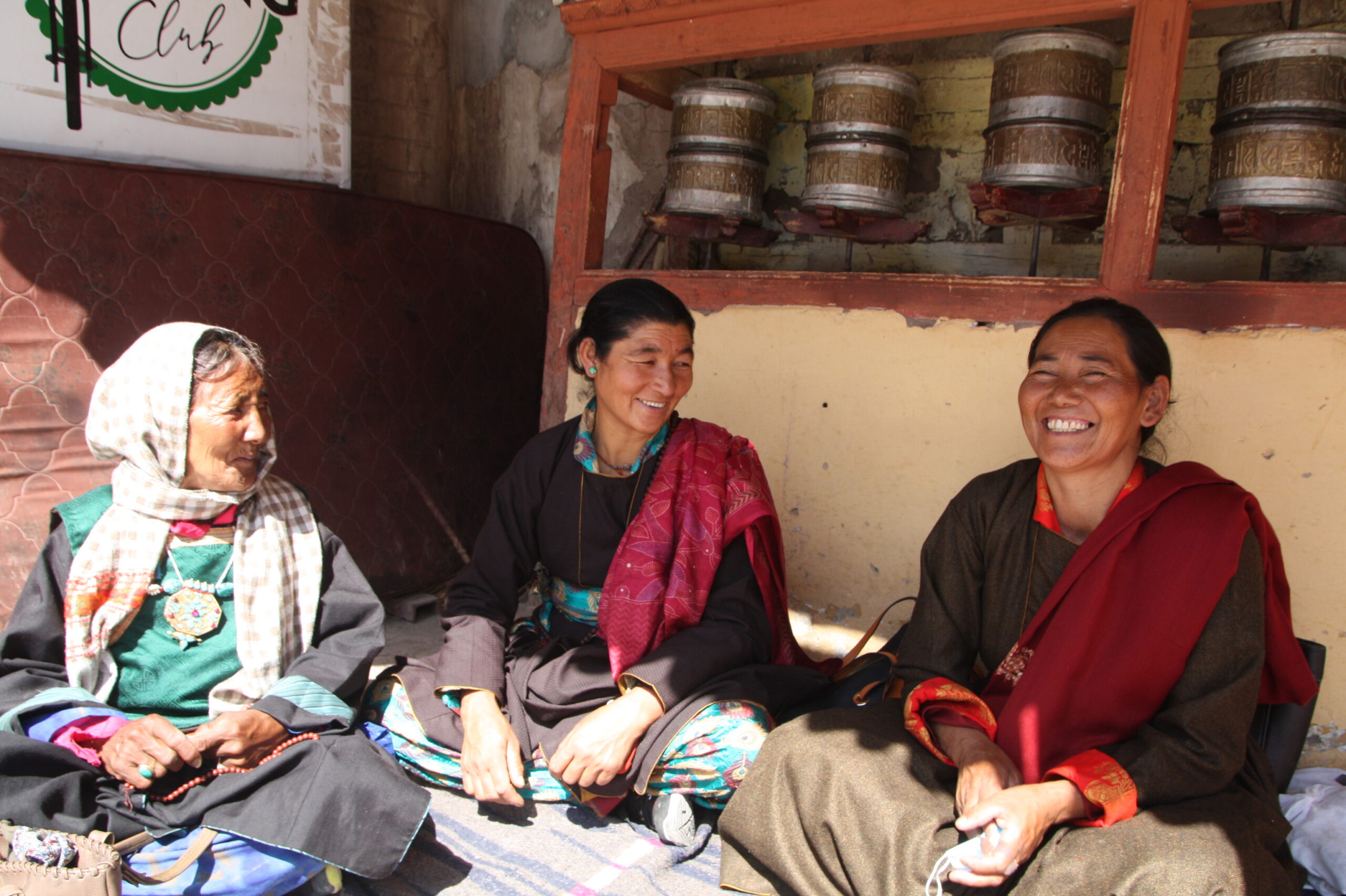
Local ladies at the Hemis Monastery Festival
Nakee La Pass at 4738 meters is the third high mountain pass you have to cross on the Manali-Leh road
Ladakhi lady with a colourful Tipi, a traditional headwear
The Thiksey Monastery, which dates back to the 15th century
My host in Chiktan village, the sweetest old lady you can imagine
A pilgrim with his prayer-wheel in Shachukul Monastery
Preparing for a performance at the Polo Festival
Sacred Cham dance at the Hemis Monatery Festival
Young monks playing around with plastic guns
Many roads in Ladakh are in a hazardous condition
The center of Leh with the Palace in the background
A lady with traditional Ladakhi jewelry from turquoise and coral gemstones.
Market on the central street of Leh

